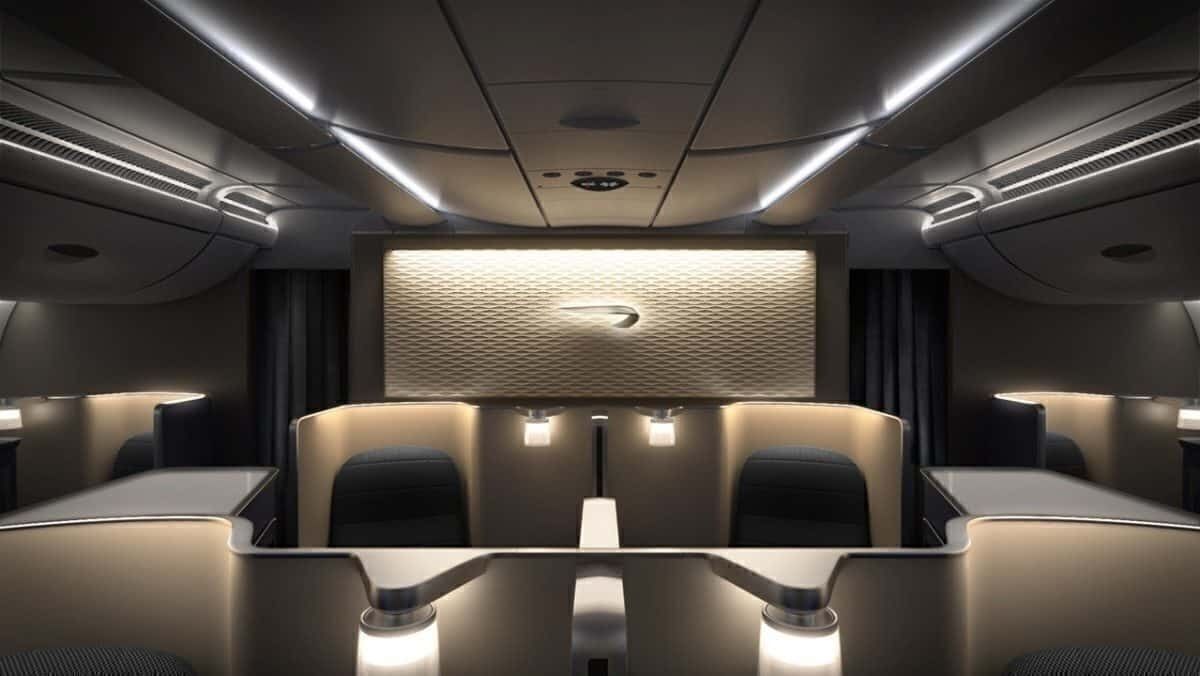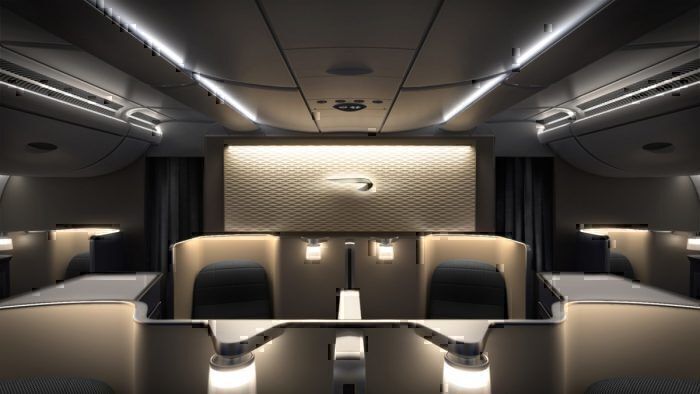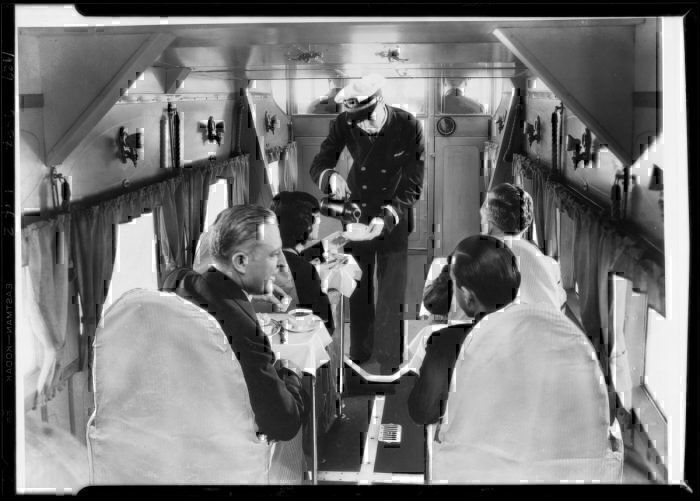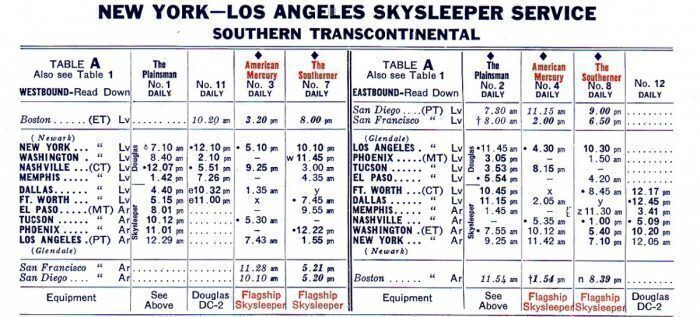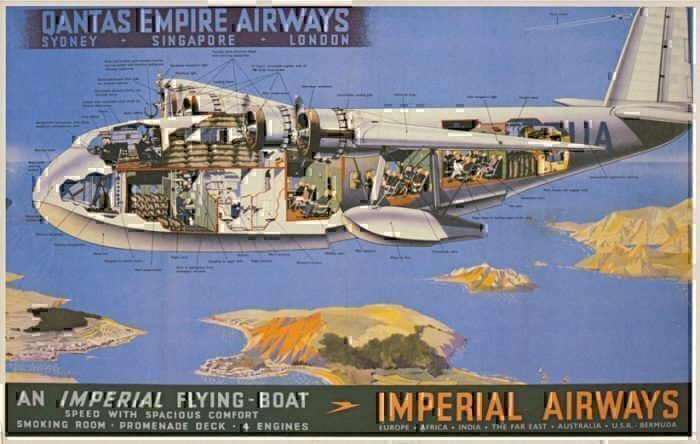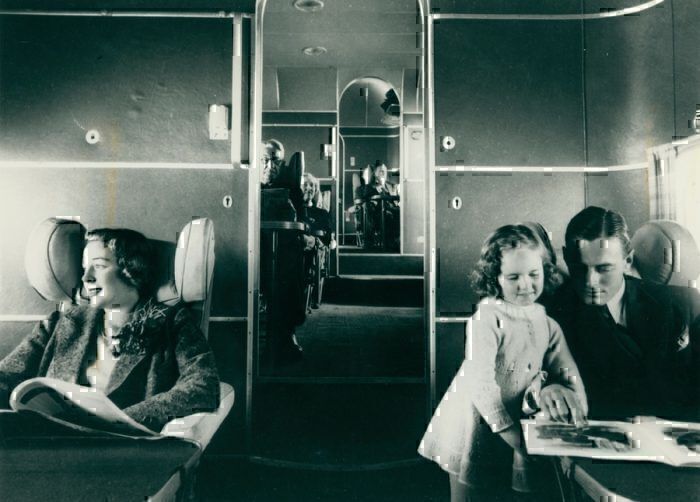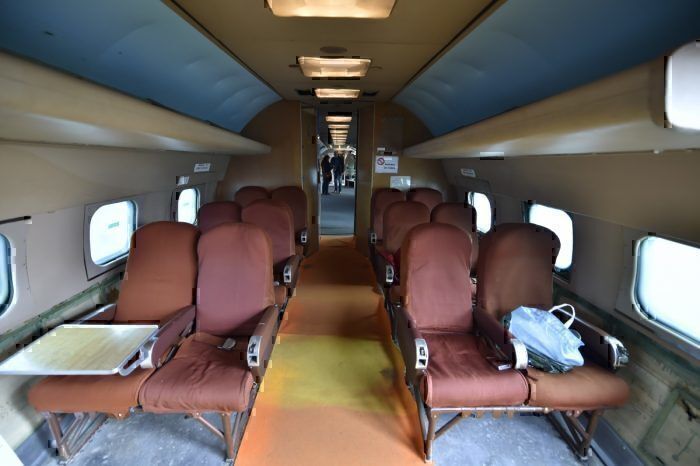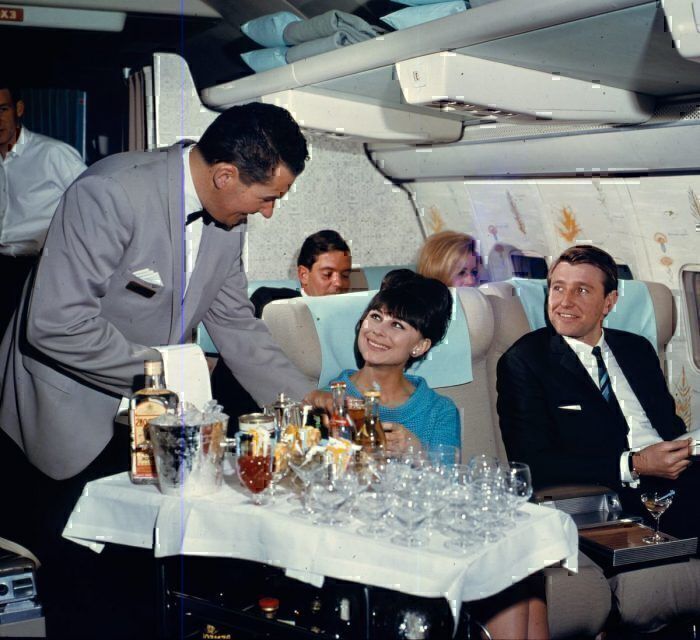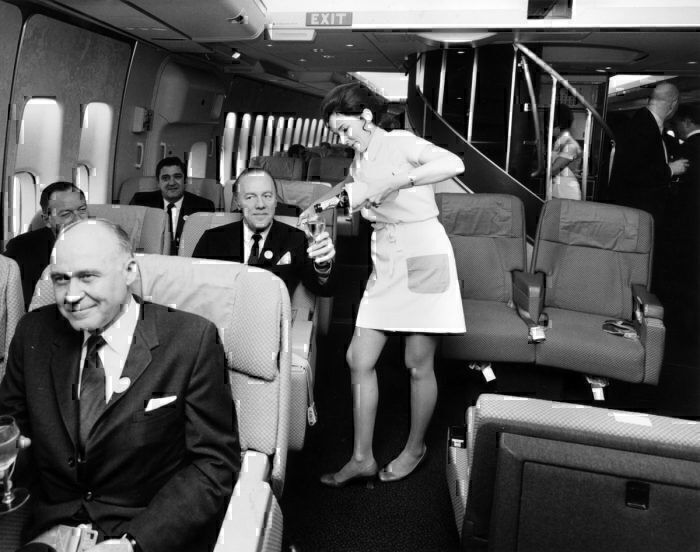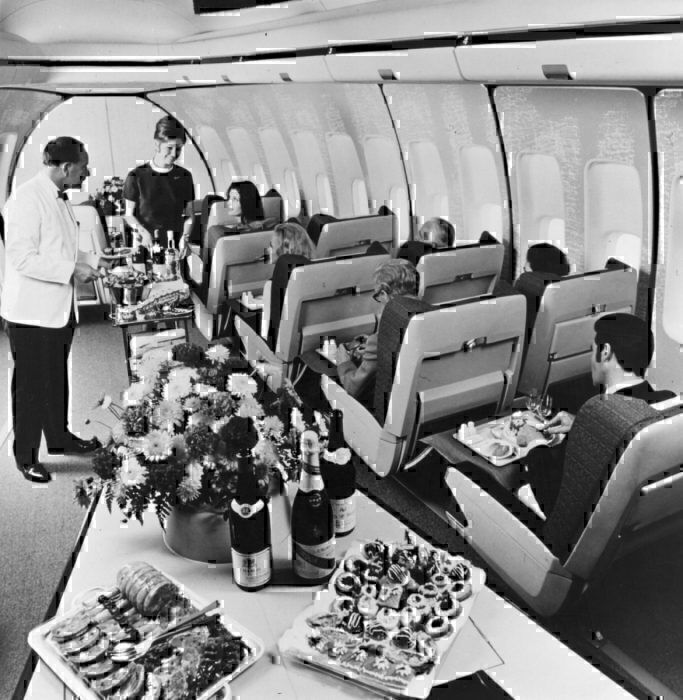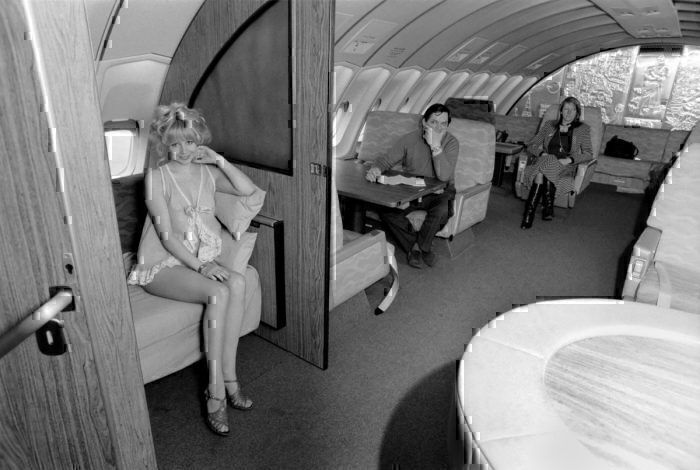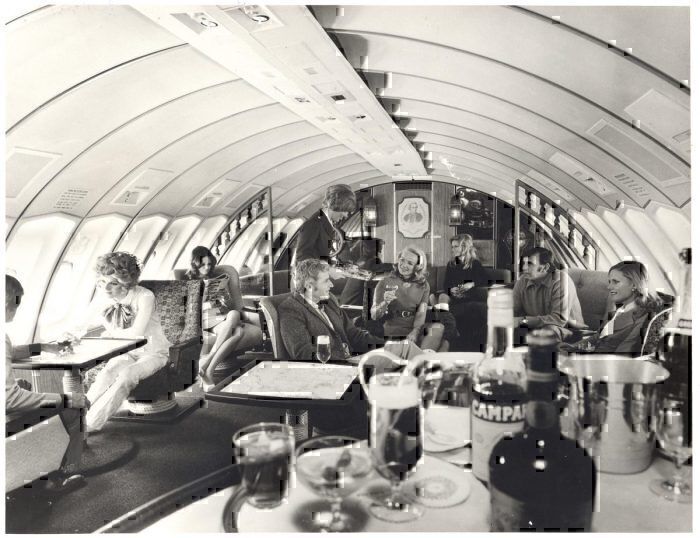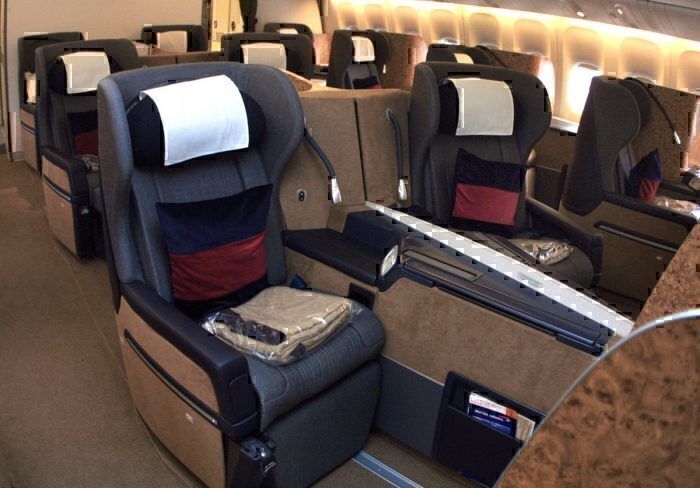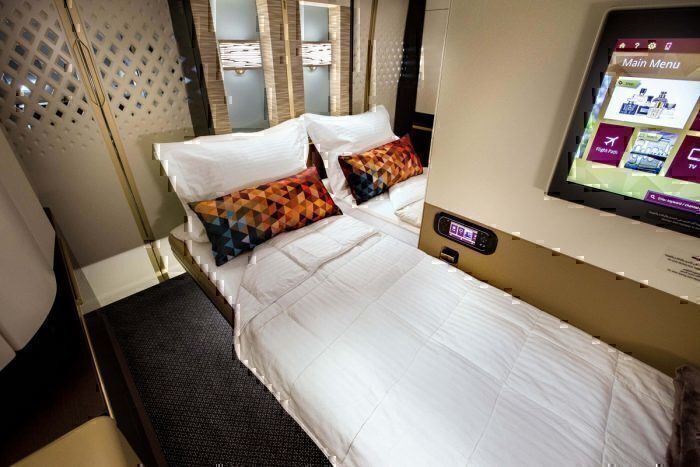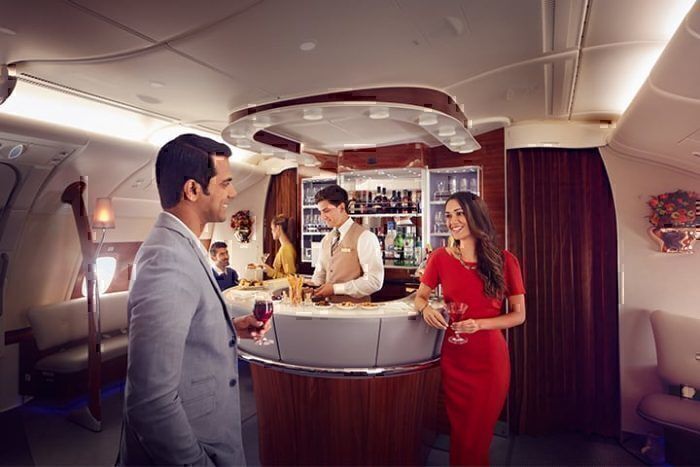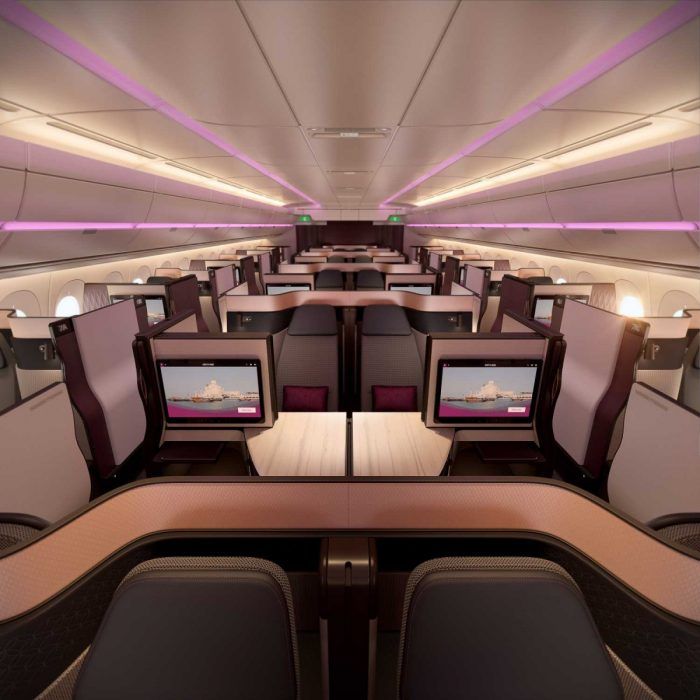Flying has changed a great deal over the past 100 years and with it the passenger cabin experiences and available options. First class has evolved along with this, from the standard, or only, way to fly to the top end choice we see today. This article takes a look at this changing role of first class over the years, and what it’s been like to fly at the front over time.
Starting out – just one class of service
Passenger aviation in the US came about alongside lucrative mail and freight services. Of course, in the early days, there were no separate cabins, rather just one basic class. As passenger transport became more popular, seating heading in the luxury direction, essentially creating a first class service, even if it was not named as such.
As aviation grew in popularity, and larger aircraft entered service, this one high cabin standard remained. Most aircraft introduced during the 1930s offered one type of seating, always large and comfortable, and often with fixed tables, and other facilities such as bars or sleeping areas.
The DC3 entered service in 1935 and is often hailed as a major aviation milestone - and the first aircraft that really made passenger aviation a profitable undertaking. This was introduced by many airlines (over 16,000 were produced) and typically offered a single cabin, with either spacious seating or beds for passengers.
Longer, intercontinental services at this time were also luxurious offerings, for passengers who could afford them. Qantas Empire Airways, for example, offering Flying Boat services (using the Short Empire flying boat) from Sydney to Singapore and eventually on to London. Anyone undertaking these long flights would do so in first class style - beds, lounges, a smoking room and a promenade deck with viewing areas were all included.
Creating a separate first class
From the 1940s, many airlines started to offer lower ‘coach’ fares. These were usually for different aircraft, or services with more stops, rather than a different class of service.
One of the restrictions at this time was that airfares were highly regulated and airlines were very limited in what they could charge for tickets. Changes to IATA rules in 1952 allowed for two-class fare structures – the first to be introduced was on the transatlantic New York to London route.
It was not until 1955 however that a real two-class service began. TWA was the first airline to offer this, installing first and economy seats on its Super Constellation aircraft.
Expanding two-class service in the jet age
With the introduction of new jet aircraft, such as the Boeing 707 and the DC8, in the late 1950s, the separate economy and first cabins became standard. Many of the luxurious facilities seen in earlier times, such as flatbeds and lounges, became less common. Airlines instead focussed on offering and selling a more comfortable cabin along with enhanced service.
The introduction of the Boeing 747 in 1969 gave airlines a chance to change things again. Flying by this time was much more popular and widespread. Airfares were also deregulated in the US, giving airlines much more ability to set different fares and offer different types of tickets. The extra space on the 747 allowed many improvements in first class.
First class in these days was not just about more comfortable seats and better service. Onboard lounges for were common, and typically large and more luxurious than the few we have seen appear again in recent years (on the A380).
It was not long before growth led to the introduction of a third class, today's business class. During the 1970s, many airlines carved out ‘premium’ parts of their economy cabins (but left their first class cabins alone), and by the early 1980s major airlines such as Pan Am, TWA, British Airways and Qantas were offering three cabins.
Taking facilities further – suites, bars, and apartments
Seating and first class offerings gradually improved during the 1980s and 1990s, but it was not until the mid-1990s that flatbeds appeared in first class cabins. British Airways were among the first airlines to install these, to improve their offering over business class (less than 10 years later they would be the first airline to introduce the flatbed in business class too).
In some ways it's surprising it took so long to happen, given that back in the 1930s this was common!
The first cabin has seen many more advances since then. Similar to when the Boeing 747 started service, the introduction of the Airbus A380 has provided airlines with new opportunities to enhance their product. Seating and space offered have improved significantly. Some airlines now offer larger, enclosed suites. Emirates and Etihad have both added showers for first class. And the first class lounge (much loved on the 747 earlier) has returned with a number of airlines.
The future of first class
With continued improvements to business class, there are fewer and fewer differences with first class these days. Several airlines, including Asiana, have removed first class altogether. Others have chosen not to install on some new aircraft (such as Cathay Pacific with the A350). Certainly, the overall number of first class seats on offer has declined over the past 10 years (with only Emirates increasing their supply).
Many airlines though continue to operate first class. Its role might have changed from the way most used to fly in the early days, but it still offers airlines a luxury or VIP travel option or a way to attract and reward frequent flyers.

